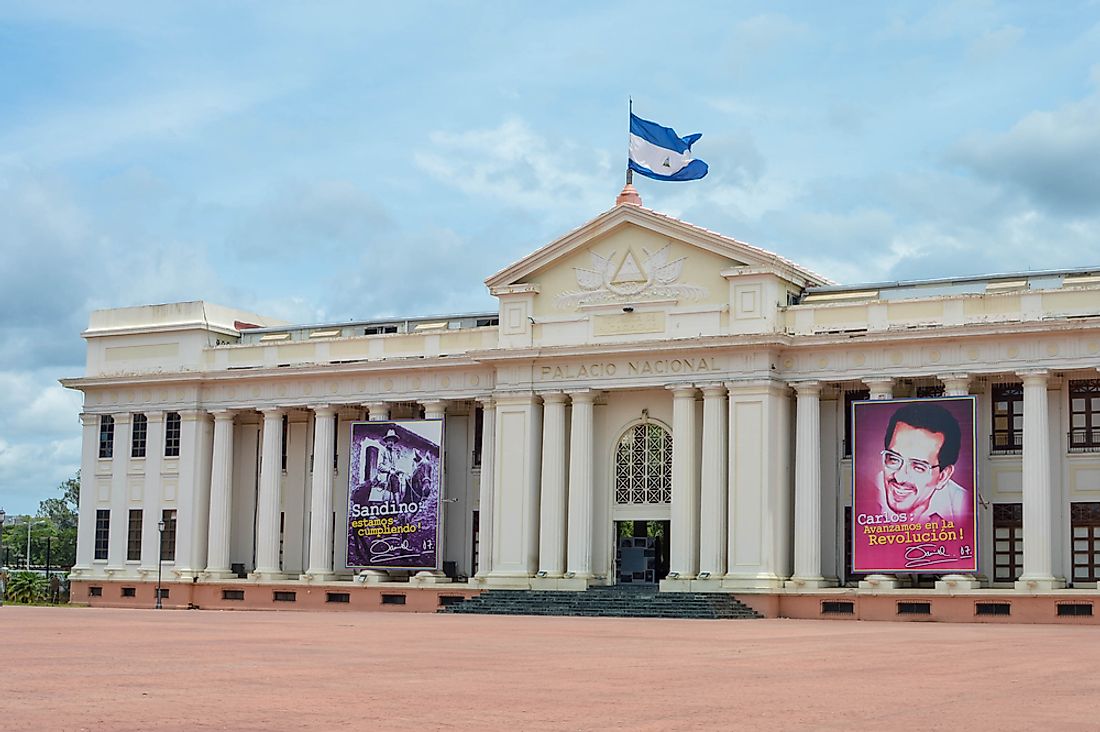What Type Of Government Does Nicaragua Have?

Nicaragua is a Central American republic and a former Spanish colony. The Spanish settled in Nicaragua in 1522 and governed the country until 1821 when Nicaragua gained independence. Since its independence, Nicaragua has suffered political unrest, dictatorship, and even civil war. The country has a presidential system of government. The arms of government include the executive, legislative, judiciary, and electoral board. Nicaraguan is a multiparty state with many political parties. The country is divided into 15 administrative units and two autonomous regions.
The Executive Branch Of The Government Of Nicaragua
The executive is comprised of the President, Vice-president, and the Council of Ministers. The President is the senior-most government official. The officeholder is recognized as the Chief of State and Head of Government. The President and Vice President are democratically elected on the same ballot to a five-year term. The current president of Nicaragua is Jose Daniel Ortega who has been in office since 2007, and his Vice is Moises Omar Hallesleven Acevedo who has been in office since 2012. The last election was on November 6, 2011, and the next will be on November 2016. In 2014, an amendment to the constitution scrapped term limits for the President and vice president. The president appoints the council of ministers.
The Legislative Branch Of The Government Of Nicaragua
Nicaragua has a unicameral National Assembly. Members of the national assembly are elected from political parties by proportional representation. Out of the 92 members of the national assembly; 20 members are elected nationally, 70 members are representatives of the country’s departments and autonomous regions, and the remaining two members are the out-going president and the presidential runners-up. All the members serve a five-year term.
The Judiciary
Judiciary of Nicaragua is independent of the legislative and executive arm of government. It is composed of the Supreme Court, Appeals court, criminal court, and military court. Supreme Court is the country's highest court. Judges to the Supreme Court are nominated by political parties and elected by the National Assembly to a five-year term. The 16 judges to the Supreme Court are organized into four chambers namely administrative chamber, criminal chamber, civil chamber, and constitutional chamber. The institution is charged with adjudicating criminal and civil crimes. The number of Supreme Court judges was increased from nine judges to sixteen judges to strengthen the court’s independence.
The Electoral Body
The Electoral body is made of seven magistrates. The institution is formally referred to as the Supreme Electoral Council. The magistrates are elected by the National Assembly for a five-year term. The Supreme Electoral Council is responsible for organizing and conducting elections and referendums. The main political parties influence the electoral council by electing their party members into the council. As a result, the electoral body is biased.
Administrative Divisions Of Nicaragua
Nicaragua is divided into two autonomous regions and 15 departments. The two autonomous regions are the North and South Caribbean Coast. The two regions, which make up the entire Eastern half of Nicaragua, initially formed the department of Zelaya. The regions gained their autonomous status in 1987 through a constitutional Charter of Autonomy. The Charter of Autonomy granted to the two regions is mostly based on the Spanish model. The two regions practice limited self-governance. The 15 departments that form the Western half of Nicaragua are decentralized administrative units. The departments are in charge of their economic, social and cultural development.







